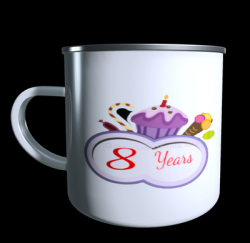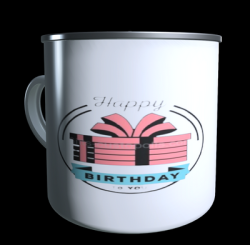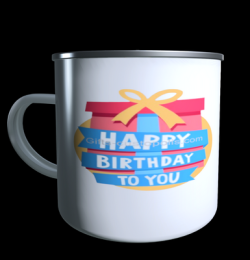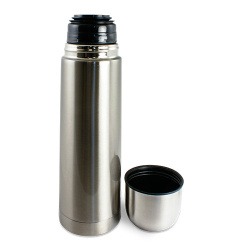Vintage mug with children's...
History of the cup Particularity of some cups In the middle of the 18th century, manufacturers started to produce cups of different sizes: the smallest was called "mignonnette", the most common being 6 cm high. At the end of the century, cups were differentiated according to the drink. First in Germany, then in Austria and France, porcelain factories started to make "trembling" cups deeply embedded in their high saucer, which prevented the container from slipping. It seems to be used more for chocolate and usually has a handle and sometimes a lid. The origin of these cups is Spanish. The "Queen's" or breakfast cup, also known as the "milk cup", with its strict truncated cone shape and deep saucer, was invented by Sèvres for the morning breakfast, its particularity was to keep the milk hot. Some are without handles and without lid, others have one or two handles and a lid. The "litron" cup, also called "square cup", with or without a lid, is cylindrical and has an equal diameter and height. It is the ancestor of our coffee cup. It takes its name and shape from an ancient liquid measuring vessel. This cup appeared at the Vincennes factory in 1752. A children funny birthday mug with a decoration that will be dedicated to embellish with a special child drawing what is more essential for a personalised mug gift idea for kids . This is a great personalised kid birthday mug idea, and your child will never want to use another mug again.
- Personalisable









































